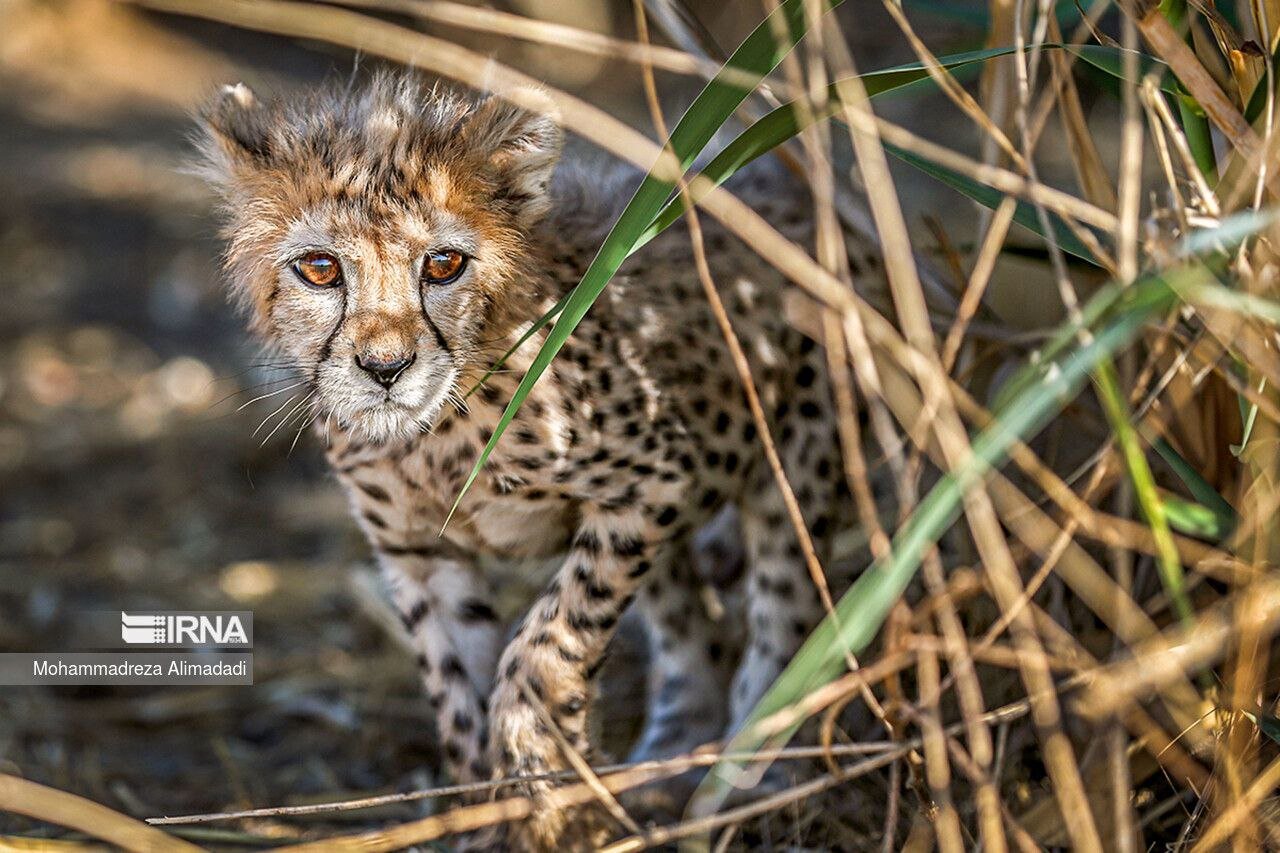‘20 Asiatic cheetahs spotted in Iran’s wildlife reserves’

TEHRAN – Twenty Asiatic cheetahs have so far been spotted in wildlife reserves across the country, an official with the Department of Environment (DOE) has said.
According to the latest report, the number of Asiatic cheetahs in the country stands at 26, with 20 individuals living in the wild, and six in captivity, IRNA quoted Hamid Zohrabi as saying.
Cheetah conservation is among the top priorities of the DOE, he added.
Highlighting the need for a change of approach in environmental policies, the official said environmental experts have developed one-year, five-year, and twenty-year conservation plans. The DOE has also resumed the plans after a six-year hiatus, Zohrabi stressed.
In May, the head of the DOE, Shina Ansari, expressed hope yet worry about the cheetah’s survival in the country, being pushed to the brink of extinction.
“The extinction of the world’s rarest cat has become a symbol of our challenges and responsibilities towards Iran’s nature,” IRIB quoted Ansari as saying.
Referring to the low population of cheetahs in Asia, the official said, “Once roaming through vast plains from West Asia into India, the Asiatic cheetah only exists in Iran now, with a population of less than 30 individuals. Since 2001, around 85 cheetahs have died because of human-related factors, indicating we have posed a greater threat to their survival than nature.”
The DOE makes its best efforts to preserve endangered animals not just in words but by taking action in nature. However, the goal will be fulfilled only by the participation and involvement of people, media, responsible institutions, and nature lovers.
“Preserving cheetahs is not merely an environmental concern. It reflects our attitude towards development, foresight, and national responsibility. It is a symbol of the country’s ecosystem’s health, a life-balance preserver. Preserving cheetah means ensuring the right to life for people and nature,” the official highlighted.
Conservation efforts
Relocating domestic animals from habitats of cheetahs, fencing the Tehran-Mashhad road, which is one of the most dangerous areas, and breeding in captivity are among the most recent measures the DOE has been taking to preserve cheetahs,” IRNA quoted Zohrabi as saying in January.
These plans mainly focus on threat removal. During these years, domestic animals have been removed from an area of 150,000 hectares, including Golestan National Park as well as the wildlife sanctuary in the area, Zohrabi added.
The DOE is following up on the allocation of two trillion rials (around 2.4 million dollars) to decrease mortalities on the Tehran-Mashhad road through enhancing road lighting, reducing vehicle speeds, and fencing.
Drones and other wildlife monitoring tools can also be used to conserve cheetahs in the area. However, more needs to be done to reach a favorable result, the official further noted.
“We do our best to safeguard cheetahs’ habitats, but to increase their population, the plan to breed in captivity is going on. We have already taken measures to standardize their breeding site in captivity with the help of the private sector, Zohrabi stressed.
MT/MG
